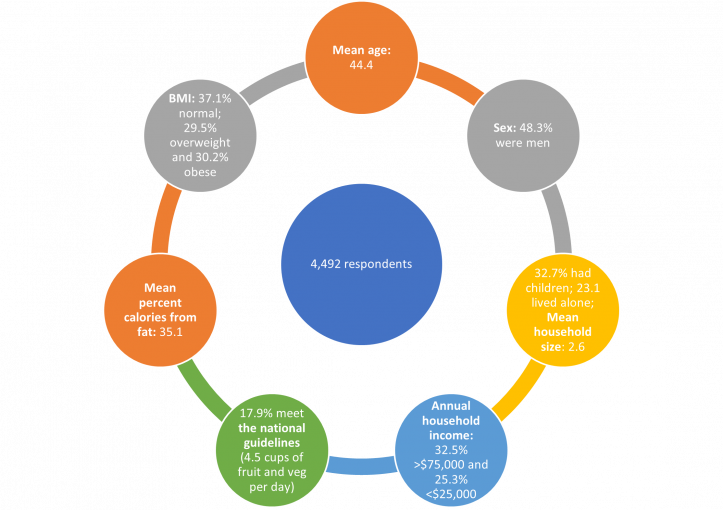The food environment is the place where we get our food, whether at home, in restaurants, on the go, or in school. It is a complex system of factors that influence our eating habits and diet quality.
The food environment affects our health and well-being by influencing how easy it is to find healthy foods, how much they cost, and where they are available. It also affects our environmental footprint, consuming resources and emitting greenhouse gas emissions.
Health
The health and nutrition of individuals, families, and communities depend largely on the food environment. This includes the availability of wholesome foods, prices, and advertising for foods, as well as public policies that determine what kinds of foods are available to people.
Many studies have shown that the food environment influences eating patterns and dietary habits, including the choices of healthy foods and drinks and the consumption of junk food. These factors affect individual and community health, especially in low-income neighborhoods where residents often lack access to supermarkets and other healthy food retailers.
Studies have also linked racial and ethnic disparities in the availability of unhealthy foods to higher rates of obesity. For example, a study in New Orleans found that black neighborhoods had 60 percent more fast-food restaurants per square mile than predominantly white ones. Similarly, research has linked the proximity of fast food outlets to schools to adolescent obesity.
Sustainability
Sustainability is the ability to meet human needs while preserving resources for future generations. Sustainable practices help conserve resources, reduce greenhouse gas emissions that contribute to climate change, and advance a circular economy that helps businesses and consumers save money.
Food plays an important role in sustainability. Almost 1 billion tons of food, 17 percent of the world’s total, goes to waste each year. Producing, transporting, and letting that food rot contributes more than 8 percent of global greenhouse gas emissions.
EPA works to help reduce food waste, recycle materials, and develop new industries that are environmentally friendly. To do this, EPA focuses on innovation and encourages businesses and consumers to use resources efficiently and repurpose them to create value.
To achieve sustainable development, we need to change the way we produce food and consume it. This means working to ensure that the food system provides affordable, healthy, high-quality foods and promotes the diversity of farm ecosystems. It also means working to build fair wages for farmers, workers, and eaters.
Economy
Over the past several decades, food systems have undergone a structural transformation. This shift involves changes in the distribution of income, diets and urbanization as well as changes in the modern food industry and production practices, affecting the economy, health and environment.
Food prices are rising across all five food system typologies, reflecting increasing competition and increased imports of diverse and nutritious foods to meet consumer demand. Although this has expanded access and affordability, it also has lowered quality.
Affordability measurements assess the cost of different kinds of food within a defined geographic area, usually taking into account individual or household purchasing power and aggregated at the ZIP-code and neighborhood levels. They are a useful tool to monitor the impact of programs that aim to increase food affordability and/or access.
Convenience measures evaluate the proximity of outlets to homes and amounts and types of outlets (density and variety). Measuring the time required for obtaining foods could be an important component of these metrics, as could measuring food preparation time.
Environment
The food environment is a complex ecosystem that includes many different aspects. The food system’s environmental effects can include the presence and release of a wide range of contaminants, depletion and replenishment of natural resources, and population and community disruption.
The environment impacts food production by altering the balance of nutrients, soil, and water on land. It also may involve the use of chemicals that are hazardous to humans and other organisms when ingested in high concentrations.
One of the most important and harmful impacts on the environment is the use of fertilizers, herbicides, and pesticides. The exorbitant use of these materials not only leads to a decrease in crop yields, but also has negative health implications for human populations.
The use of these substances can lead to the loss of wetlands, lakes, and other important habitats, as well as to the depletion of soil nutrients. Furthermore, these chemicals can disrupt the natural cycles of water and soil nutrient cycling, which in turn negatively affects plant growth.
